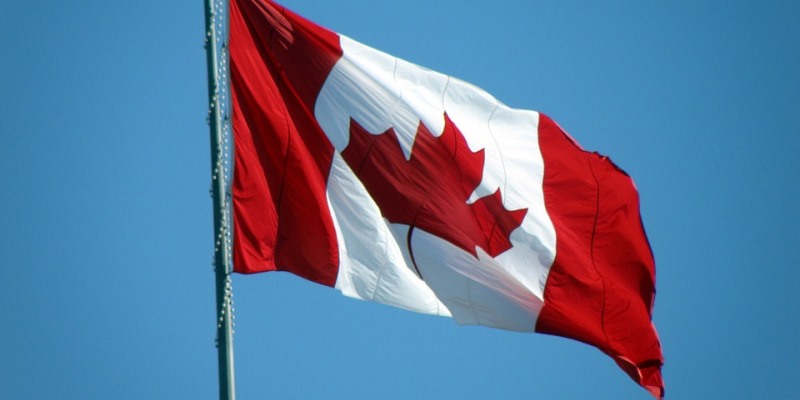Ottawa’s ballooning debt and deficits should be major campaign issue

The total debt of the federal government (known as gross debt) is expected to exceed $2 trillion by 2024-25, up from $1.3 trillion in 2019-20. This projection doesn’t include new spending the major parties are proposing during the campaign, which likely means even more debt. As Canadians weigh their electoral decisions, they should seriously consider the issue of debt and deficits.
The deterioration of the federal government’s long-term finances in recent years has been rapid and considerable. In 2018, the last time the federal department of finance released a long-term analysis, it expected Ottawa to remain in deficit until 2040 given government spending and tax policies coupled with expectations for economic growth.
More recently, the Parliamentary Budget Officer (PBO) released an analysis of Ottawa’s long-term finances and concluded that, absent change in spending and tax policies, the federal budget would not be balanced until 2070.
Given the dire state of business investment, declining rates of economic growth and lack of spending discipline promised by any political party, it’s likely the PBO’s analysis of a balanced budget in 2070 is optimistic.
The risks to federal finances are immediate, even before factoring in all new spending announced during the campaign by various parties. For example, consider the risks of increased debt interest costs. A recent analysis concluded that federal interest costs would increase by 59.4 per cent ($13.1 billion) if interest costs returned to their 2019-20 levels, which were near historic lows.
Given the rise in inflation and comparative increase in the riskiness of Canadian debt—consider that Canada has the fifth-highest level of total government debt among 29 industrialized countries—it’s not hard to imagine nominal interest costs increasing in the near term. A rise in interest costs would further erode federal finances and increase the deficit, expected to reach $154.7 billion this year and nearly $60.0 billion next year, again before factoring in additional campaign-related spending promises.
It’s also worthwhile to understand the nature of debt being accumulated. There are times when debt accumulation is appropriate. First, when a government builds a long-term asset such as a bridge or highway, which will be used over time, it’s appropriate the costs be spread over the lifetime of the bridge or highway, meaning the people using it over time actually pay for it.
In addition, it’s appropriate for governments to borrow during recessions as tax revenues decline and spending, particularly on programs such as employment insurance (EI) that are sensitive to the state of the economy, increase. The flipside of this, however, is that government should pay off this cyclical debt (essentially, debt arising from the ebbs and flows of the economy) when the economy recovers.
To be clear, little of the current federal deficit-financed spending falls under the category of projects such as bridges and highways. Moreover, the budget deficits forecast into the future are not a result of cyclical factors but rather Ottawa’s refusal to impose current taxes to finance current spending. Politicians in Ottawa, of all political stripes, have decided it’s easier to spend today and defer the cost of that spending to future generations through debt.
The accumulation of debt to finance current spending has both short and long-term economic and financial implications while also raising important questions of intergenerational equity, all of which should at least be discussed during this election campaign so Canadians can make informed decisions when voting.


